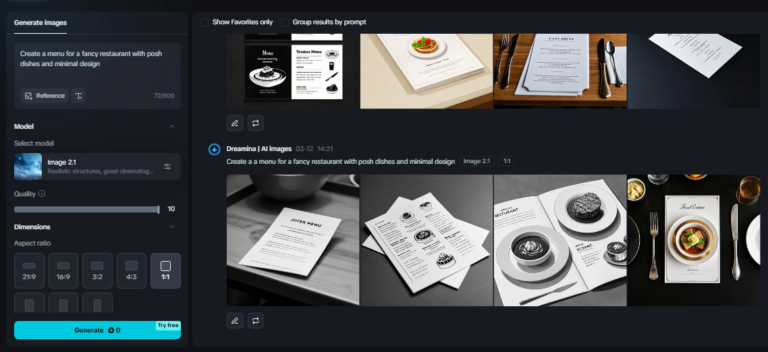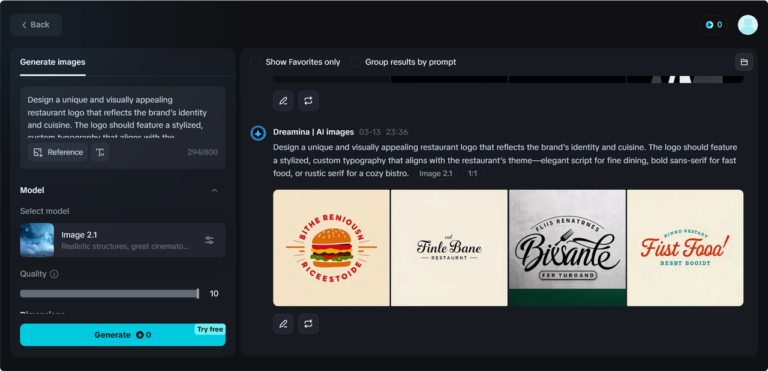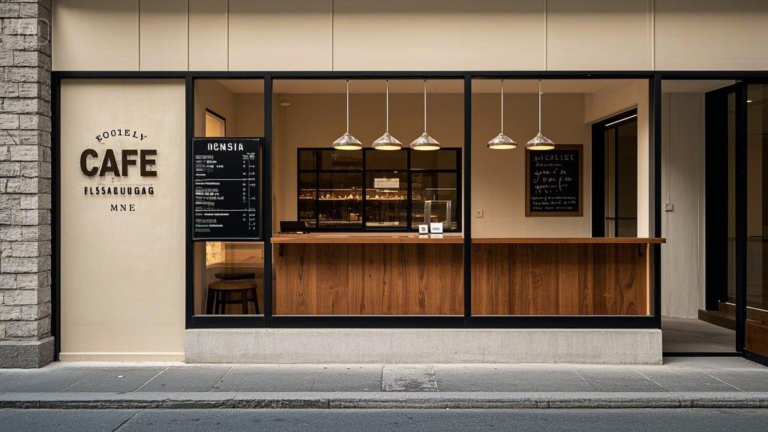Table of Contents
Toggle
Why menus are key to a restaurant’s success
A well designed menu engages as well as informs. It influences patrons’ decisions and pulls them into the restaurant’s narrative. From the font and images to the arrangement of the menu items, every little thing adds to this narrative.

Elevating visuals with AI
In a world where people are visually orientated, a menu’s visuals are frequently its most crucial component. A dish can be transformed from a plain serving to a must try experience with the help of delicious, high quality images. But not every restaurant has access to custom artwork or expert photography services.
AI solutions, including AI picture generators, have revolutionised the industry by enabling the creation of customised, superior graphics in a matter of minutes. AI can be used, for instance, to create gorgeous images with an ocean theme that blends in well with the menu items of a seafood restaurant. In order to make the graphics as appealing as the food itself, these technologies can also be used to create original backgrounds, overlays, and artistic components that complement the restaurant’s theme.
, which improves clarity and detail to create a polished, enticing picture, may turn blurry or poorly lit photos into sharp, professional grade photos.

Optimizing layouts for maximum engagement
Although eye catching images capture attention, a menu’s design retains it. A well designed layout emphasises the restaurant’s high margin goods and specialty dishes in an easy to use manner.
AI powered design tools make it simpler to optimise layouts for impact and readability by analysing how users interact with visual material. AI may recommend, for instance, that popular meals be positioned in prominent menu sections where customers are likely to look, such as the upper right corner or the middle of the page. Additionally, it can suggest colour schemes and fonts that improve the overall layout while preserving the menu’s readability.

Building a cohesive brand identity
A great brand identity is built on consistency, therefore a Redefining Menus should have the same personality and aesthetic as a restaurant’s interior design, signage, and promotional materials. Customers are more likely to recall and suggest a restaurant with a unified design since it fosters recognition and confidence.

Personalizing menus for target audiences
Each restaurant has a unique story, and a menu should express that tale in a way that appeals to its patrons. One of AI’s most potent features is personalisation, which enables eateries to customise their menus to certain clientele, tastes, and dining patterns.
The future of menu design

Conclusion
More than just a useful document, a restaurant menu serves as a visual narrative, a brand ambassador, and a major source of revenue. Creating a menu that attracts and captivates guests is now easier than ever, thanks to AI powered technologies.
These technologies let restaurants design menus that are as distinctive as the food they offer, whether it’s through the use of AI to generate original visuals, picture upscale to improve food photography, or free logo generators to maintain consistent branding.
Restaurants of all sizes may use these tools to stand out in a competitive market, create enduring relationships with their patrons, and provide exceptional dining experiences as AI continues to push the limits of creativity and efficiency.
